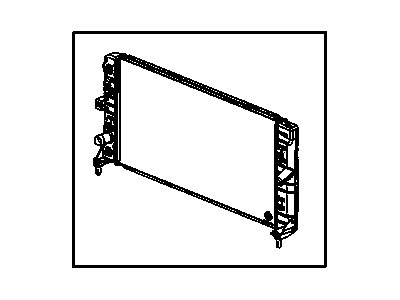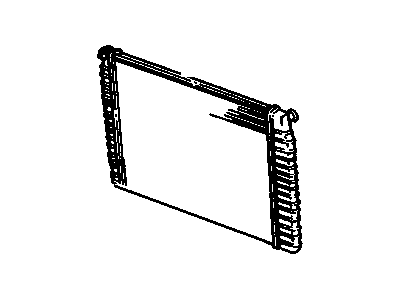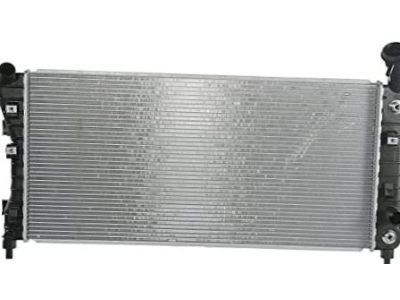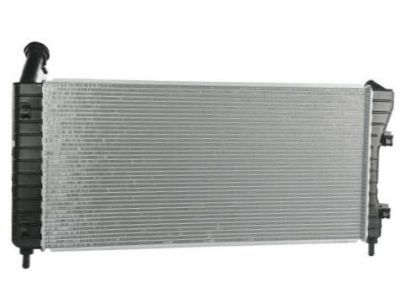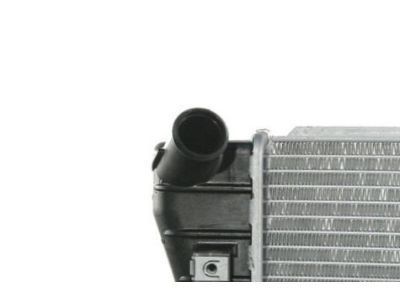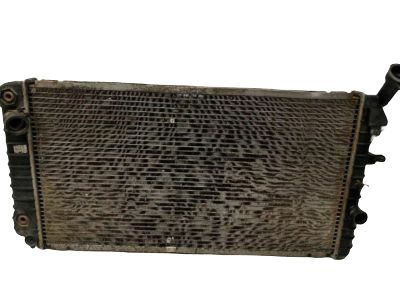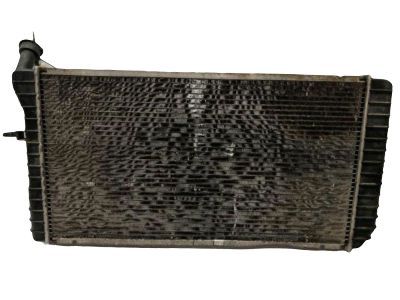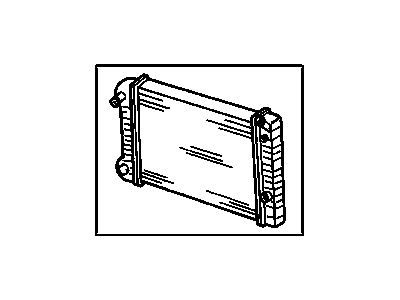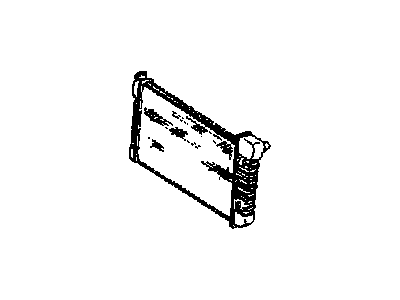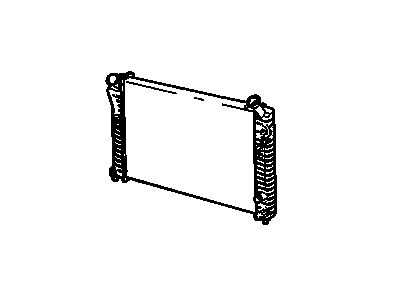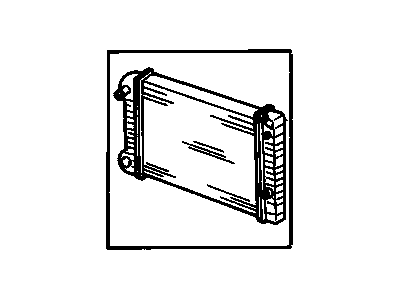
My Garage
My Account
Cart
Genuine Pontiac Grand Prix Radiator
Cooling Radiator- Select Vehicle by Model
- Select Vehicle by VIN
Select Vehicle by Model
orMake
Model
Year
Select Vehicle by VIN
For the most accurate results, select vehicle by your VIN (Vehicle Identification Number).
15 Radiators found
Pontiac Grand Prix Radiator Assembly
Part Number: 15140592$230.90 MSRP: $346.70You Save: $115.80 (34%)Ships in 1-2 Business DaysPontiac Grand Prix Radiator Assembly
Part Number: 52498589$74.78 MSRP: $402.98You Save: $328.20 (82%)Ships in 1-2 Business DaysPontiac Grand Prix Radiator Assembly
Part Number: 15140506$201.86 MSRP: $303.10You Save: $101.24 (34%)
Pontiac Grand Prix Radiator
Gran Prix Radiator is one of the fabulous products of this category which reminds us how important a part it is to keep the temperate of the engine in check. In this process, it serves as a heat exchanger construct to transfer heat from the engine coolant to air, which makes it efficient. Some commonly used trends of the radiators of particularly the Pontiac Grand Prix Varieties include the use of aluminum cores with either plastic or aluminum tanks though copper/brass radiators were also a famous option. Divided by the firewall, facing the front of the vehicle and functioning as part of the cooling system, the radiator is within airflow proximity through the vehicle's grille. Custom aluminum radiators, with superior quality than the factory ones, include performance radiators that cool even better than the others and are designed to include superior features and designs in the area of thermal and fluid dynamics thus improving greatly on the heat transfer and the overall engine cooling.
Each OEM Pontiac Grand Prix Radiator we offer is competitively priced and comes with the assurance of the manufacturer's warranty for the part. Furthermore, we guarantee the speedy delivery of your orders right to your doorstep. Our hassle-free return policy is also in place for your peace of mind.
Pontiac Grand Prix Radiator Parts Questions & Experts Answers
- Q: How to remove the radiator on Pontiac Grand Prix?A:Remove the electrical cable, drain your cooling system, and keep the coolant if it is young and in good shape for your next use. Take care not to damage the plastic drain plug while you pull it off. Remove the air cleaner assembly. When your vehicle uses an automatic transaxle, unfasten the cooler lines from the radiator. Seal the ends to stop any liquid from leaking out. A pan underneath will hold drained liquid. Unbolt the cooling fan, relax the hose clamps, then free off the radiator hoses by grasping the clamps with adjustable pliers. Drop the reservoir hose off the radiator neck, block off the connections to hold liquid inside, and unscrew the bolts that hold the radiator in place. Take the radiator out with care to prevent drips and marks. Check your radiator for leaks and harm, blow compressed air through it, and rub away dirt and grime with a soft brush while keeping the cooling fins straight. Check the radiator mounts for deterioration. When putting the cooler back in place, first reattach the cooler line retaining clips. Then simply fit each cooler line into its proper spot. After putting everything in, mix the right amount of antifreeze and water for your cooler. Let air out of the system. Start the engine to find leaks. Wait until reaching regular running temperature before checking your coolant again and adding more if the level is still too low. When a vehicle has an automatic transaxle, check the fluid supply and top up if necessary.
Related Pontiac Grand Prix Parts
Browse by Year
2008 Radiator 2007 Radiator 2006 Radiator 2005 Radiator 2004 Radiator 2003 Radiator 2002 Radiator 2001 Radiator 2000 Radiator 1999 Radiator 1998 Radiator 1997 Radiator 1996 Radiator 1995 Radiator 1994 Radiator 1993 Radiator 1992 Radiator 1991 Radiator 1990 Radiator 1989 Radiator 1988 Radiator 1986 Radiator 1985 Radiator 1984 Radiator 1983 Radiator 1982 Radiator
